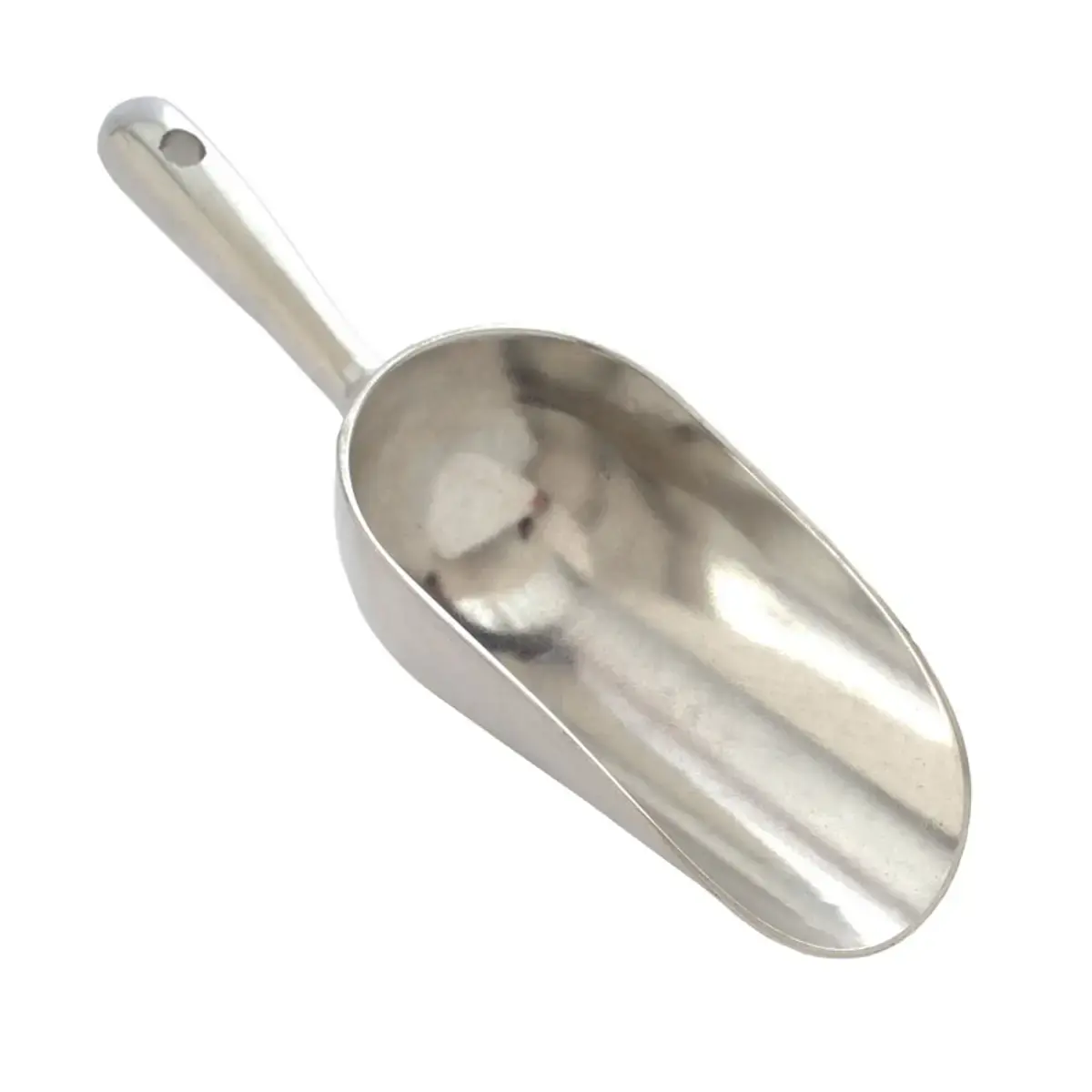For a single mug microwaves are quicker in America. Potentially even for 2 mugs.
BUT in America kitchen appliances have a power limit (usually) of 1,500W. This is usually higher than a standard microwave (1,000W). And since an electric kettle in America is just a heat source in water, it’s very efficient. So if you’re regularly heating multiple mugs worth of water, or just boiling water for cooking often, an electric kettle is definitely better. They are also pretty cheap.
Now in Europe and the UK, electric kettles are faster since they can often be around 3,000W or higher. But that doesn’t mean American kettles are useless. American kettles a way faster than heating water on the stove. And WAAAY faster than heating water on a gas stove.
I love my electric kettle. I can get 5 cups of boiling water in about five minutes (less for less water).
And while a microwave is likely faster, it also heats the container. For a quick, single mug, it’s not an issue. Run that thing for five to heat a lot of water, and the container itself could be scorching hot.
I prefer the kettle every time.
Why wouldn’t a microwave in the UK also be 3000W? Maybe it would instantly vaporize water and kill you when you open it?
It sounds like the issue is that UK may have weak microwaves compared to their kettles.
It would burn your food. Microwaves heat the outermost layer that contains water. That heat conducts inwards. It’s the same reason you don’t bake everything at 500F.
I’m not supposed to bake with oven’s self clean feature?! Huh
I call it Basque Chicken
They absolutely do. Many microwaves in the UK are about half the power of built in American microwaves. (Portable/countertop microwaves are extremely common, being around 700-800W usually)
I genuinely can’t tell if this is a joke or not , but I really hope it is because its so perfect
Kettle is much more convenient. Microwave is overkill, while a kettle is both a simpler machine and turns itself off when the water boils with no guesswork. It’s ergonomically designed for pouring into a cup.
The speed argument is irrelevant, they’re both quick enough.
A microwave cannot be more efficient than an electric kettle with an immersion heating element (rare these days) anyways .
Wait until you see my heat pump microwave checkmate libtards
Most Americans own a microwave, but don’t own a kettle. So going to the store and buying a kettle is a little less convenient.
American kettles are significantly worse than British kettles. They run at lower voltage and lower amperage, so they take much longer to boil water.
Given the choice between using a multipurpose microwave to do one more thing, and buying a separate appliance that is no faster, choosing to use the device you already own is entirely appropriate.
If you drink tea or coffee, even irregularly, a kettle is worth having.
And a pour over is better than Keurig crap. I’d recommend using paper filters as well. Most of the time I just rinse the pour over when finished.
Generally I grind 2-3 servings of beans at a time and store the rest in a glass container in the fridge.
In the end, the effort is pretty comparable to a Keurig machine, but better quality, more flexibility, and you don’t have to deal with/buy pods or a machine.
They are still the best option for heating water. At best, a microwave could match its performance if it is nearly perfectly efficient and dumping all it’s energy only into the water, which is what a kettle does. They have the same potential power draw, so they can put the same energy in as each other. A kettle’s design is perfect for heating water though.
Unless you have an inductive stove top, an electric kettle is going to be the best option, even in the US. It’s the most efficient at putting energy into the water and, since all these options have the same power draw, it is consequently the fastest (again, assuming no inductive stove top which can draw more power).
You can of course, keep the kettle.
WHAT?! That’s way better than a microwave then! I was getting so tired of buying new microwaves every time I wanted a cup of tea. Thank you.
There’s also the whole “kettles in America take longer to heat up, because America only has 120v electrical outlets while the UK has 240v, and therefore gets twice as much power for the same amperage” thing. That being said, I’m in America and I love my kettle. You just expect it to take 5-7 minutes to heat up, instead of 2-3. If I only want a single cup of something, then yeah I’ll use the microwave. But if I’m going to be making more than one cup, the kettle is my go-to.
No judgement from me towards anyone who uses a microwave like this. But that’s not a good argument. If you want to get pedantic, the one-time inconvenience of going to the store will be made up for by the hundreds of small conveniences of using it later.
In general I don’t think it’s fair to think about the inconvenience of buying a thing. Even online reviews, which often complain about shipping times which has nothing to do with the product, don’t really complain about the inconvenience of having to buy or order something. It’s not relevant.
I inherited a kettle. Quick, what is my nationality?
The microwave is more efficient because you can do all the steps at once. Put teabag in mug, cover with water, microwave, leave and let steep. And if you forget about your tea it’s already in the microwave – just push the “add 30 seconds” button.
I keep my Splenda and non-dairy creamer next to the microwave for added convenience.
I don’t know what you’ve made there, but it isn’t tea.
You can’t put cold water and a teabag together in a microwave you psycho.
Jess christ… this makes me want to poke out my eyes!
It picks up food smells from the walls of the microwave. Make it properly, gun monkey!
Wash your microwave. Checkmate.
Who has time for that shit?
Microwave a cup with water and vinegar until it boils. Then a single wipe cleans everything
You do this every time you use your microwave? Because we’re talking about making around 6 - 10 cups of tea every day for everyone who happens to be in the room. It’d be a little odd to go and clean your microwave before every round of tea, not to mention microwaves don’t heat things evenly so you can’t do them all at once, it very quickly becomes way more effort than just flipping the switch on a kettle that is only ever used for that purpose.
First, clean your microwave. If things are picking up flavors from your microwave, that’s a you thing, not a microwave thing.
Second, just cover things that you put into the microwave. You can get reusable covers, or you can often use a paper towel.
Third, a kettle is still better than a microwave for water.
Tea is an odour sponge. Russian caravan in it’s original form obtained a distinctly woody smokey flavour just from being too close to a campfire. It’s simulated today by mixing kemun, lapsang soushong, and oolong. But tea will take on the flavour of anything it’s left with.
So will most things.
Oh, I use an electric kettle for tea and coffee for that matter. I was just giving the method I use to clean my microwave. I clean it whenever it gets dirty enough to bother me. I don’t use it often and I mostly cover my food if I do heat it up. So about every 2-3 months?
Me and I’m lazy! Get yourself some clorox wipes my dude.
Believe it or not, i don’t want my lapsang tasting of bleach either.
That doesn’t transfer in my experience though I don’t do it with wet bleach in there. Maybe that is the ticket to my success: Drying it out first.
Cleanliness and grooming? I thought this was just a trope…
Ok how often do you wash the inside of your microwave?
Weekly. Today’s the day.
You don’t clean your kettle though? Same amount of time
I only clean the kettle after soup
Please stop making soup in your kettle.
I don’t make popcorn in my kettle.
Apparently I’ve been making popcorn wrong this whole time /s
who has time to wash the benches either ? why bother oneself with vacuuming the floors ?
Do you vacuum the floor 6 - 10 times a day? If so, go get help.
do you cook odorous food in your microwave that often ? otherwise i dont see what your argument means
If it’s not strong tasting/smelling there’s no point in eating it.
again, an unrelated point. how frequently do u use your microwave ? i would have to guess at most once or twice a day ? unless you only eat microwave meals, or think that the microwave is the only way to cook things…
Pizza roll tea. YUM
Coffee is the only proper hot beverage, reject your dry leaf water, Roast Beef!
I actually agree with you, frog! But the fact is that the majority of Brits don’t.
Lol, I’m a Yank. A displaced yank living abroad, but still.
My favourite derogatory term for the British is Germany’s “Inselaffen” or island monkeys.
It’s quicker if your electricity is a feeble 110v and not a mighty 240v.
It’s only faster because your half ass electrical system is only 120V Also the microwave makes the mug to hot to touch
The electric kettle is still faster on 120v
So does an oxy acetylene tourch, what’s your point. Leave me with my glowing red hot coffee mug.
Nope, we get 240. We just dont put it on every outlet because its safer. One of the few places that DOES get 240 is any electric stove.
And our stoves get 400V. Don’t pretend that your system is superior, it just isn’t.
And safety is a non-issue if you don’t stick your fingers in the outlets!
Not saying its better, just saying it has some pros.
And safety is always an issue to be worried about.
You still get shocked by 110V, you don’t die from 230V.
Okay, so tell me about the pros, please.
Even if you do stick your fingers in the outlets, it’s not a problem if you use a good socket
Especially if the entire house is protected by a GFCI.
Wait how does the microwave go faster when it’s also on half the supply voltage?
Because resistive heating is inefficient. You need to pump a lot of power through to get a lot of heat. A microwave does not use resistive heating and works on a completely different principle and therefore the amount of power available is much less importance.
Resistive heating is almost perfectly efficient. Where else would the energy go? Using a hot piece of metal to heat water might be slower than using microwave radiation, but that’s a different kettle of fish.
Resistive heating inefficient? What is the energy wasted as, if not heat?
Yes all the energy goes into being heat but you have to put a lot of energy into the wire before it heats up. Microwaves barely use any energy in fact it takes more power to run the little clock than the microwave itself.
That’s insanely untrue. Microwaves are power hogs up to a 1000 watts or more in some cases. The difference is the heat transmission method. The conduction of heat in a kettle is pretty slow because it forces the heat to propagate through water via convection, which is slower, while the radiation of a microwave antenna distributes the energy more evenly and faster. Consumption is mostly on par but energy transfer differs.
So you mean slow, not inefficient.
don’t the coils glow slightly? I guess light would be mostly wasted energy, no?
A microwave does not use resistive heating and works on a completely different principle and therefore the amount of power available is much less importance.
Insane troll logic
I think you are complicating things a tad too much. American kitchens have sockets that provide 240V electricity.
Yeah, but not for countertop appliances. Those are all 110/120VAC. Even things as large as a consumer level refrigerator or freezer are almost always 110/120VAC too.
While I have a kettle for water, there are two issues with them for tea.
- The water gets stale and the reheating drives off the all the excess air that fresh water has. This loss of dissolved oxygen kills the flavor of your tea and makes it taste bad. You should always use fresh water to make your or even coffee.
- A cheap kettle is, well cheap. You can’t make a good cup of green or oolong tea if you pour boiling water on it. Those need to be brewed at a lower temperature. And guessing doesn’t work. And a temperature adjustable kettle will set you back anywhere from $50US to $100US.
They use different methods of putting heat into water.
A microwave turns the electricity into RF radiation that is absorbed by the water. To produce that radiation, the input electricity is converted to thousands of volts by a DC power supply. So regardless of whether it’s 120 or 230 input voltage, it all gets converted to the same high voltage DC to run the magnetron.
A classic electric kettle works by running the current from the outlet through a resistive heating element. Double voltage means double heat.
Induction heaters use a power supply to reduce the input voltage while increasing amps and frequency to heat metal through inductance. So, similar to a microwave, the voltage of the outlet is largely irrelevant.
Tl;Dr: microwaves and induction heaters change the supplied voltage to function, so they work the same in UK and US; resistive heaters work faster on 230v like the UK uses.
Meh my British kettle heats a cup of water to boiling in 30 seconds.
Faster than a microwave
Is your microwave powered by a hamster? /s
No, but there are no 3kW domestic microwaves on the market. Yet every kettle is 3kW.
No my point is, as a British person that uses the kettle A LOT we went out and bought one that heats up a single cup at a time, which is quicker than boiling a whole kettle.
I fill it up like a kettle and it has a little chamber underneath that it fills and heats, then the boiling water comes out of a spout into the cup.
After owning this type of kettle for over a decade I don’t think I can go back to a conventional kettle.
Oh, OK, that’s nice 😀 I had a huge kettle in mind for 1.5l or something
Though it also has the potential to flash boil. https://youtu.be/0JOxuS0SBHc?si=BnKVZWw5xcjalQy_
So be careful out there.
Being careful in this case meaning don’t boil distilled water in the microwave.
I had a fucking chemistry teacher who told the class that microwaved water was different (and linked to cancer)
The water itself doesn’t care (to my knowledge). The container on the other hand…
That’s why you should use metal bowl
Right! Let’s microwave all our food and drink in plastic! No harm when all the BPA and garbage leaches into it.
“Plastic in every testicle they tested…” once again comes to mind!
Yeah, I prefer my (ceramic) plates and bowls for that purpose. I HOPE those don’t leak anything too nasty into my food when microwaved.
There’s no BPA in plastic food containers.
Anymore. We banned it.
But we didn’t ban BPS.
I had a coworker who watched some idiotic video where someone showed “proof” that microwaved water kills plants. I never saw that video so I imagined they poured the boiling water onto the plants. He was adamant that it was true. “I know what I saw”, blabla.
Well, microwaves can affect your food. Though only a handful (of hundreds) of antioxidans in berries, same as if you leave them a few days in the fridge. But no issues with water.
There are very good reasons not to microwave tea, first of all:
-
I usually find microwaving anything in a mug adds some unpleasant flavour from the mug. Using glass eliminates this, but worth noting.
-
Microwaving the tea itself will break down some compounds and release more tannins, your tea will be worse.
But even if you’re just microwaving the water, the kettle wins (depending on what tea you are brewing). Black tea should be brewed as close as possible to 100°C - when you have a kettle you should pour it just as it comes off the boil, around 90-95°C. By that point the water has actually been boiling for quite a while (at least the water around the element), allowing the rest of it to heat up. It’s very difficult to achieve this in a microwave, and dangerous too since you can just end up spraying boiling water around your microwave.
I wonder about the efficiency too. Wouldn’t the microwave lose more “waves” that don’t hit the mug?
Wouldn’t the microwave lose more “waves” that don’t hit the mug?
Don’t the microwaves keep reflecting off of the inside of the microwaves until they hit a water molecule? If they didn’t, the inside of the microwave would heat up along with the water.
Oh that sounds more plausible thanks
-

The sun is free! 😎
Clearly you’ve never been to Britain.
I have not. ☹️
If its powered by the sun, its a no go.
Does this actually work? Looks amazing. Hope you don’t accidentally put your hand in the focal point.
There are much cheaper ones, but this one has always made me chuckle. Yes they work
That one is just the oven part of the kitchen
Good luck getting your water to the right temp in a microwave without toeing the flashboil line, though.
Lol, only clean water flash boils. Our dirty pipes aren’t a bug, they’re a feature.
Gotta admire this level of foresight, for sure. :)
Yeah. Coffe mug once handwarm, the next time boiling, isn’t nice.
I tested my microwave with various volumes of water, took temperature readings, and developed a mental model. 450ml of water takes 5:45s to get to 193±1°F.
I lived with a buddy who had an electric kettle and it was a lot faster than the microwave or stove. 10/10 would use again except I moved into a new house and yeah it was convenient but not so convenient that I would buy one for myself.
They cost like £10
I have an electric water heater. 5 liters of just below boiling (~90c)water available at the touch of two buttons(damn safety unlock has to be pressed before dispense).
If you want it actually boiling it is up to a rolling boil in less time than anything else heating room temp water as it only has to go up 10 more degrees.
I have an induction stove. The microwave isn’t quicker.
Induction cooktop master race. Both 'merica and 240V, boils water fast as fuck.
I just got an induction and everything is so fast BUT for boiling water. It’s weird, it’s seems to take way too long. I’m not in America though, if it’s a question of power not speaking American…
Use a different pot. I have a small 2.5L “induction ready” pot that takes significantly longer than my stainless steel 11L to boil, because the former has a steel plate between layers of aluminium, and the latter is fully steel.
Lid the pot. Evaporative cooling is a bitch.
Hardware issue
Btw, what is the peak power you can get for a single induction zone in the US?
Dunno, but on my particular cooktop (one of the cheaper ones you can get) the most powerful zone on it goes to 3600W.
Ok, good to know, thanks.
But the molecules are wiggling in the wrong way!
The molecules are jiggling in imperial, not metric.
They will jiggle how I tell them to jiggle.













